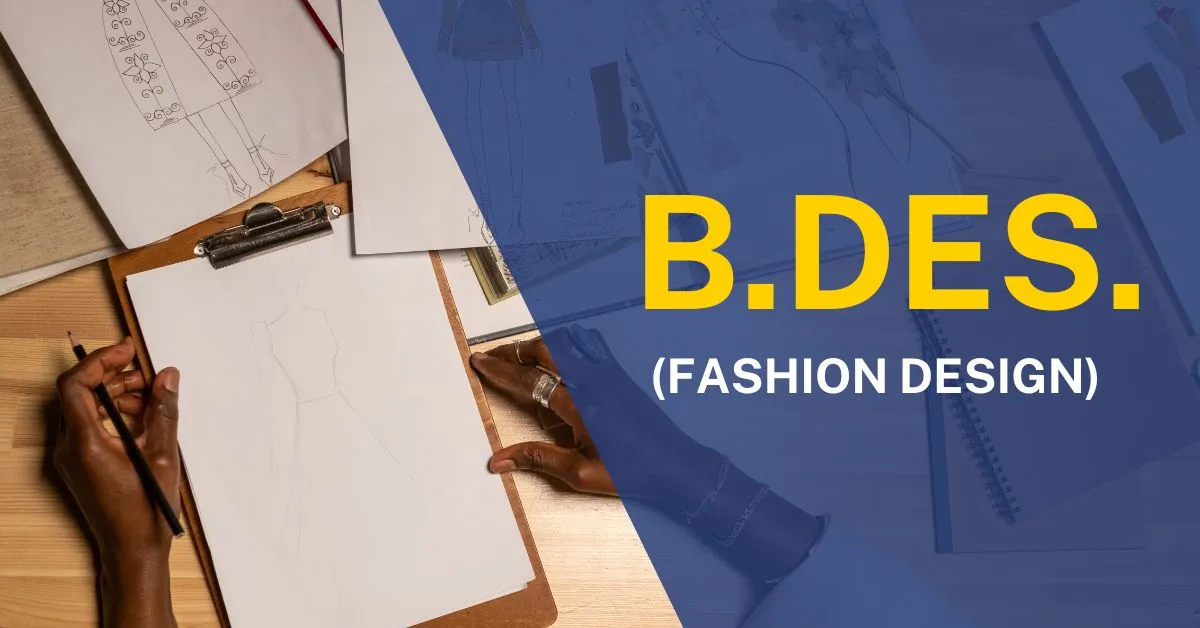


8, May 2023
The world of fashion design is a captivating realm where creativity and style converge to shape the way we perceive and express ourselves through clothing. If you have a passion for fashion and dream of transforming your innovative ideas into stunning garments, pursuing a Bachelor of Design ( BDes in Fashion Design? ) could be the ideal path for you. In this article, we'll delve into the details of this program, including its full form, available courses, admission process, and the exciting career prospects it presents.
B.Des. stands for Bachelor of Design, and the specialization in Fashion Design focuses specifically on the art of creating clothing and accessories that are both aesthetically pleasing and functional. This undergraduate program equips students with the skills and knowledge necessary to thrive in the ever-evolving fashion industry.
A B.Des. In Fashion Design program offers a wide range of courses that cover various aspects of the fashion industry, providing students with a comprehensive understanding of the field. Some common courses you can expect to encounter during your studies may include:
Fashion Illustration and Design: This course hones your sketching and illustration skills, helping you develop your unique design style.
Pattern Making and Garment Construction: Learn the technical aspects of creating patterns and bringing them to life by constructing garments.
Textile Science and Fabric Study: Explore different types of fabrics, their properties, and manufacturing processes, enabling you to make informed choices in your designs.
Fashion Marketing and Merchandising: Understand the business side of fashion, including marketing strategies, branding, and retail management.
Fashion History and Trends: Gain insights into the evolution of fashion over time and stay up-to-date with current trends shaping the industry.
If you have a passion for fashion and a keen eye for design, pursuing a Bachelor of Design (B.Des.) in Fashion Design can open up a world of exciting opportunities. Here are some compelling reasons why you should consider studying B.Des. Fashion Design:
Cultivate Creativity: Fashion design is a field that thrives on creativity and self-expression. Studying B.Des. Fashion Design allows you to explore your artistic abilities, pushing the boundaries of design and developing your unique style. You'll have the freedom to experiment with fabrics, colors, patterns, and silhouettes, transforming your imaginative ideas into tangible garments.
Comprehensive Skill Development: The B.Des. Fashion Design program offers a well-rounded curriculum that encompasses various aspects of the fashion industry. From sketching and pattern making to garment construction and textile science, you'll gain hands-on experience in different areas. This holistic approach equips you with a diverse skill set, making you versatile and adaptable in the ever-changing fashion landscape.
Industry Exposure: Pursuing a B.Des. Fashion Design provides opportunities for industry exposure and networking. Many institutions have collaborations with fashion houses, designers, and industry professionals, giving you a chance to intern, attend workshops, or participate in fashion shows. This exposure helps you understand the industry's inner workings, build connections, and gain insights from experienced practitioners.
Stay Ahead of Fashion Trends: The fashion industry is known for its fast-paced nature, with trends evolving constantly. Studying B.Des. Fashion Design keeps you at the forefront of these trends, ensuring you stay relevant and in tune with consumer demands. You'll learn about fashion history, current trends, and forecasting techniques, enabling you to create designs that resonate with the target audience.
Entrepreneurial Opportunities: With a B.Des. Fashion Design degree, you have the potential to start your own fashion label or establish a career as a freelance designer. The program often includes courses on fashion entrepreneurship, marketing, and branding, equipping you with the knowledge and skills needed to launch and manage your own business. This entrepreneurial path allows you to express your creative vision and have full control over your designs.
Global Career Prospects: Fashion is a global industry, offering a multitude of career opportunities worldwide. Whether you dream of working in renowned fashion capitals like Paris, Milan, or New York or exploring emerging fashion markets, a B.Des. Fashion Design degree opens doors to international career prospects. You can work for fashion houses, luxury brands, retail companies, or even venture into fields like costume design, styling, fashion journalism, and fashion consulting.
Impact and Self-Expression: Fashion has the power to influence culture, challenge norms, and empower individuals. As a fashion designer, you have the opportunity to make a meaningful impact through your designs. You can address social issues, promote sustainability, and champion diversity and inclusion. Fashion becomes a medium of self-expression for both you and those who wear your creations, allowing you to shape narratives and inspire change.
The admission process for a B.Des. (Bachelor of Design) program in Fashion Design may vary slightly across different institutions. However, I can provide you with a general overview of the admission process, entrance exams, and eligibility criteria commonly observed in many colleges and universities offering this program.
Educational Qualification: Candidates should have completed their 10+2 education (or equivalent) from a recognized board or institution. The qualifying examination should be in any stream (Science, Commerce, or Arts) with a minimum aggregate percentage specified by the institution. Generally, the minimum aggregate percentage required ranges between 50% and 60%.
Entrance Examination: Some institutions may conduct entrance examinations to assess the aptitude, creativity, and design skills of the candidates. The entrance exams may include written tests, design aptitude tests, and/or personal interviews. These exams aim to evaluate the candidate's potential for success in the field of fashion design.
Portfolio: In addition to academic qualifications and entrance exams, many institutions also require candidates to submit a portfolio showcasing their creative work. The portfolio typically includes sketches, illustrations, photographs of garments or accessories designed by the candidate, and any other relevant design projects. The portfolio is an opportunity to demonstrate your artistic abilities, design aesthetics, and potential for growth in the field of fashion design.
Several institutions conduct their own entrance exams specifically designed for admission into their B.Des. Fashion Design programs. Some of the popular entrance exams for fashion design in India include:
NIFT Entrance Exam (National Institute of Fashion Technology)
NID DAT (National Institute of Design - Design Aptitude Test)
UCEED (Undergraduate Common Entrance Exam for Design)
AIEED (All India Entrance Examination for Design)
CEED (Common Entrance Examination for Design)
These entrance exams assess various aspects such as creativity, design aptitude, observation skills, color understanding, general knowledge, and communication abilities. The exam patterns and syllabus may vary, so it's advisable to check the specific requirements of the institutions you are interested in.
To apply for B.Des. Fashion Design programs, candidates typically need to follow these steps:
Research and Shortlist Institutions: Explore different colleges and universities offering B.Des. Fashion Design programs. Consider factors such as reputation, curriculum, faculty, infrastructure, industry connections, and placement opportunities.
Check Eligibility Criteria: Review the eligibility criteria of each institution to ensure you meet the academic requirements.
Fill the Application Form: Complete the application form of the respective institutions either online or offline. Provide accurate personal and academic details as required.
Entrance Exam Registration: If the institution conducts an entrance exam, register for the exam within the specified time frame. Pay the examination fee, if applicable.
Prepare for the Entrance Exam: Study the exam pattern, syllabus, and previous years' question papers to familiarize yourself with the format and content. Practice design-related tasks and improve your artistic skills.
Portfolio Preparation: Create a compelling portfolio showcasing your best design work. Pay attention to the presentation and ensure that it represents your creativity and design abilities effectively.
Entrance Exam and Interview: If shortlisted, appear for the entrance exam and attend any subsequent rounds such as personal interviews or group discussions, as required by the institution.
Admission Offer and Confirmation: Based on the performance in the entrance exam and interview, successful candidates will receive admission offers. Pay the necessary fees to confirm your admission within the stipulated time frame.
It's important to note that the admission process may differ from institution to institution. Therefore, it is advisable to visit the official websites of the institutions you are interested in to obtain accurate and up-to-date information about their specific admission procedures
Graduating with a B.Des. (Fashion Design) degree opens up a plethora of exciting career opportunities in the fashion industry. Here are some potential career paths you can explore:
Fashion Designer: Become a professional fashion designer, creating your own fashion label or working for renowned fashion houses.
Fashion Stylist: Work with individuals or companies to curate stylish outfits and create visually captivating fashion campaigns.
Fashion Illustrator: Utilize your artistic skills to create captivating fashion illustrations for magazines, advertising campaigns, and online platforms.
Fashion Merchandiser: Play a crucial role in the fashion business by managing inventory, analyzing market trends, and coordinating the marketing and distribution of fashion products.
Costume Designer: Explore the world of film, television, and theater by designing costumes that bring characters and stories to life.
In conclusion, pursuing a B.Des. (Fashion Design) offers a gateway to a dynamic and rewarding career in the fashion industry. Through a combination of creative exploration, technical expertise, and business